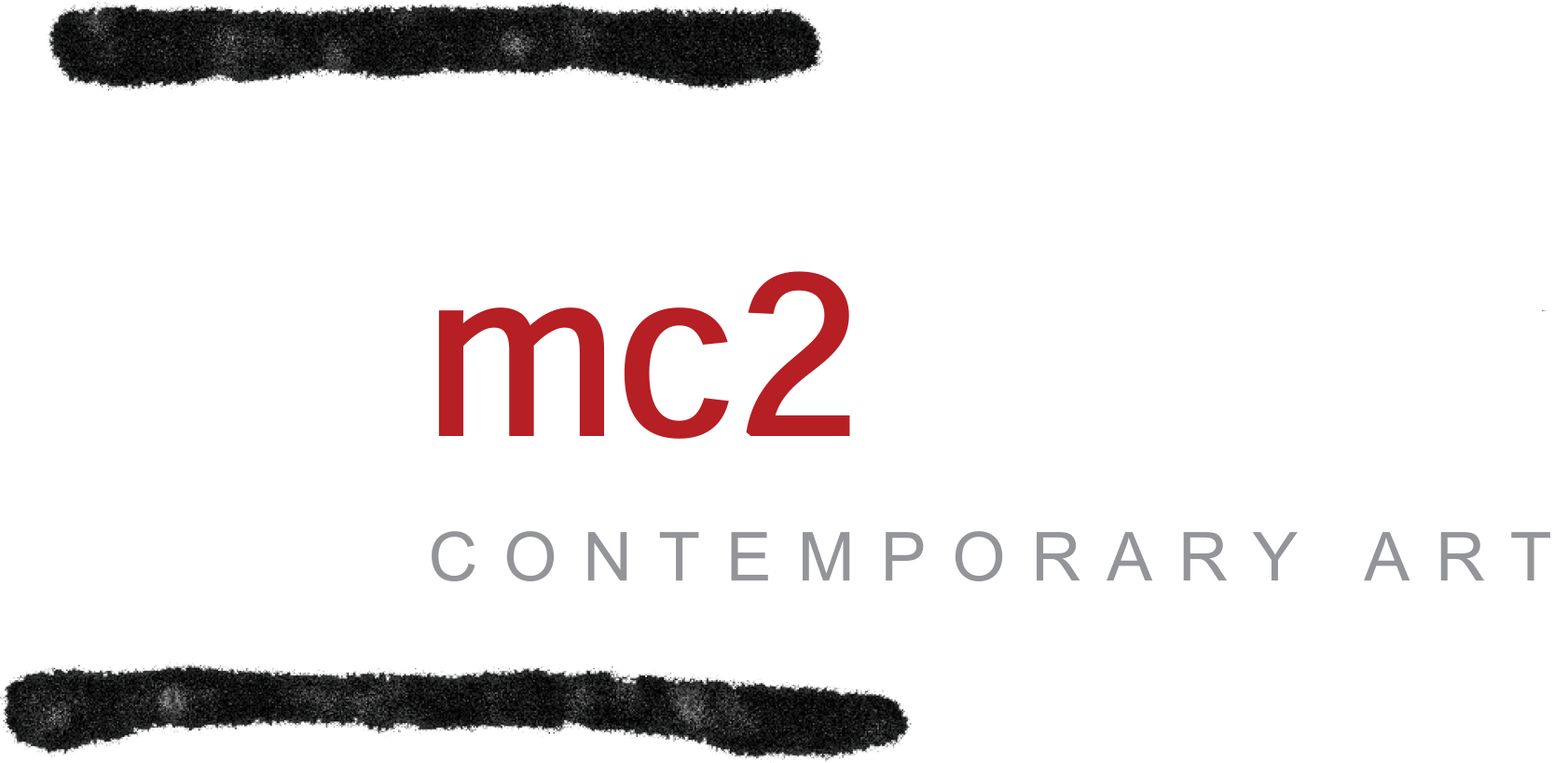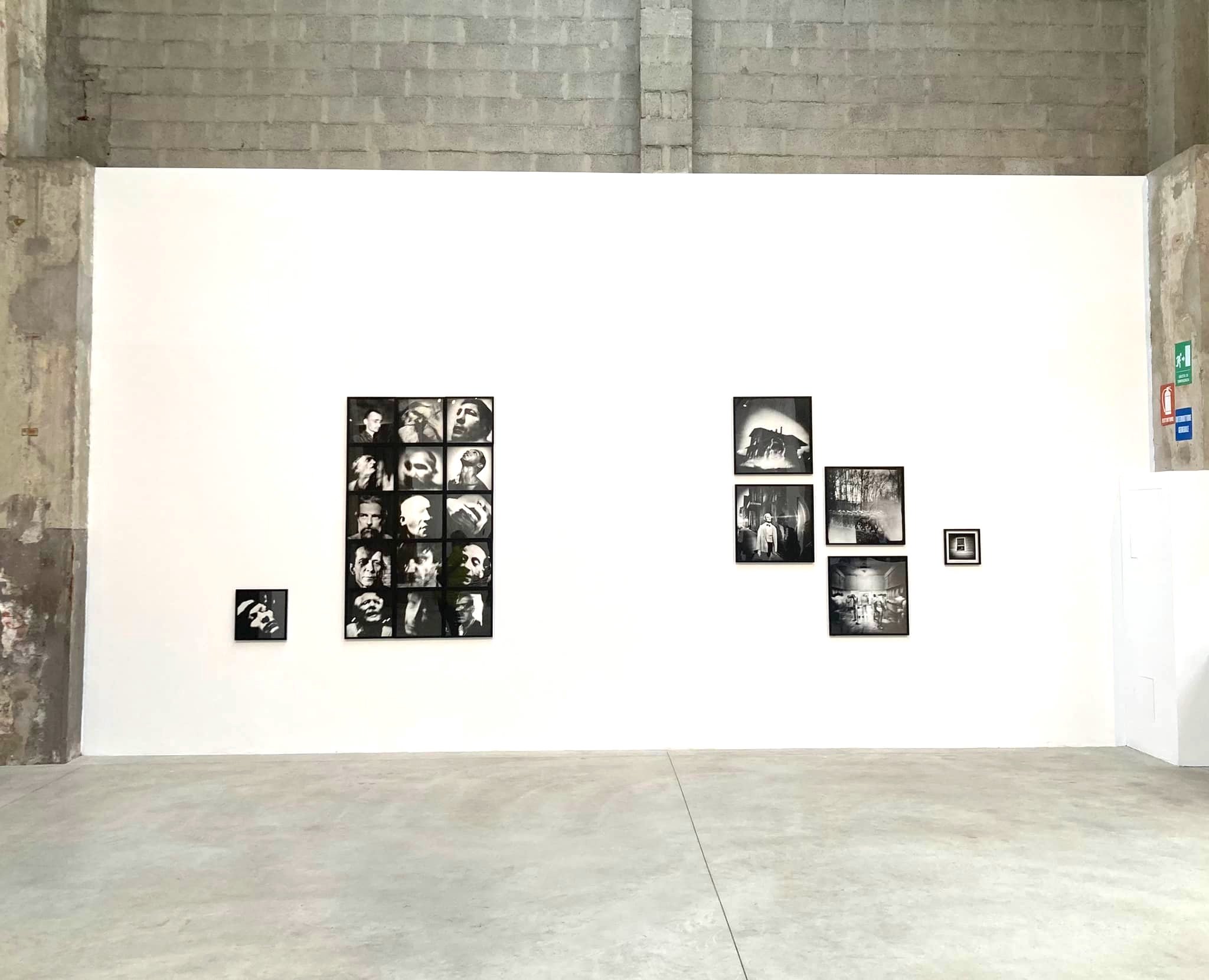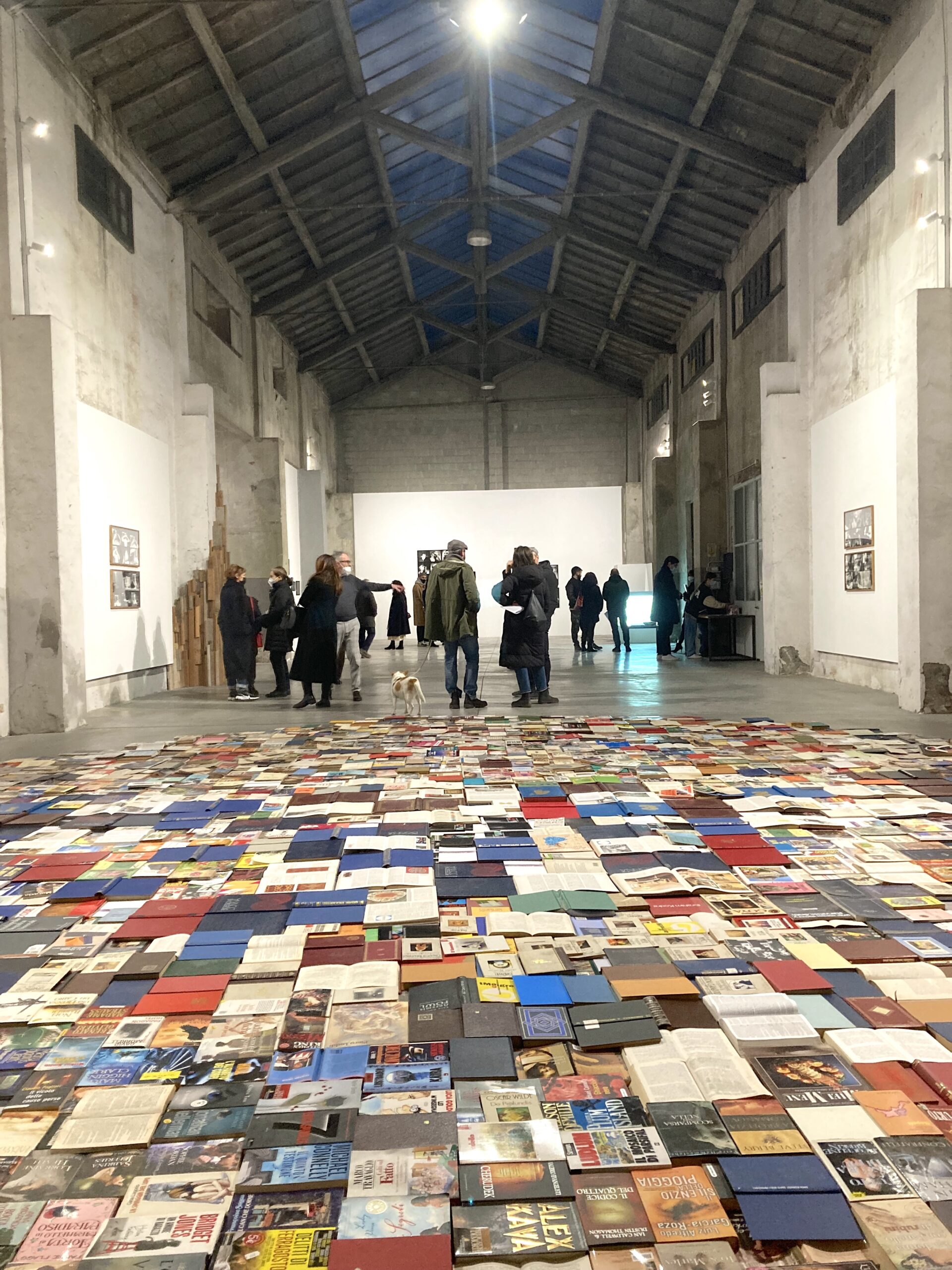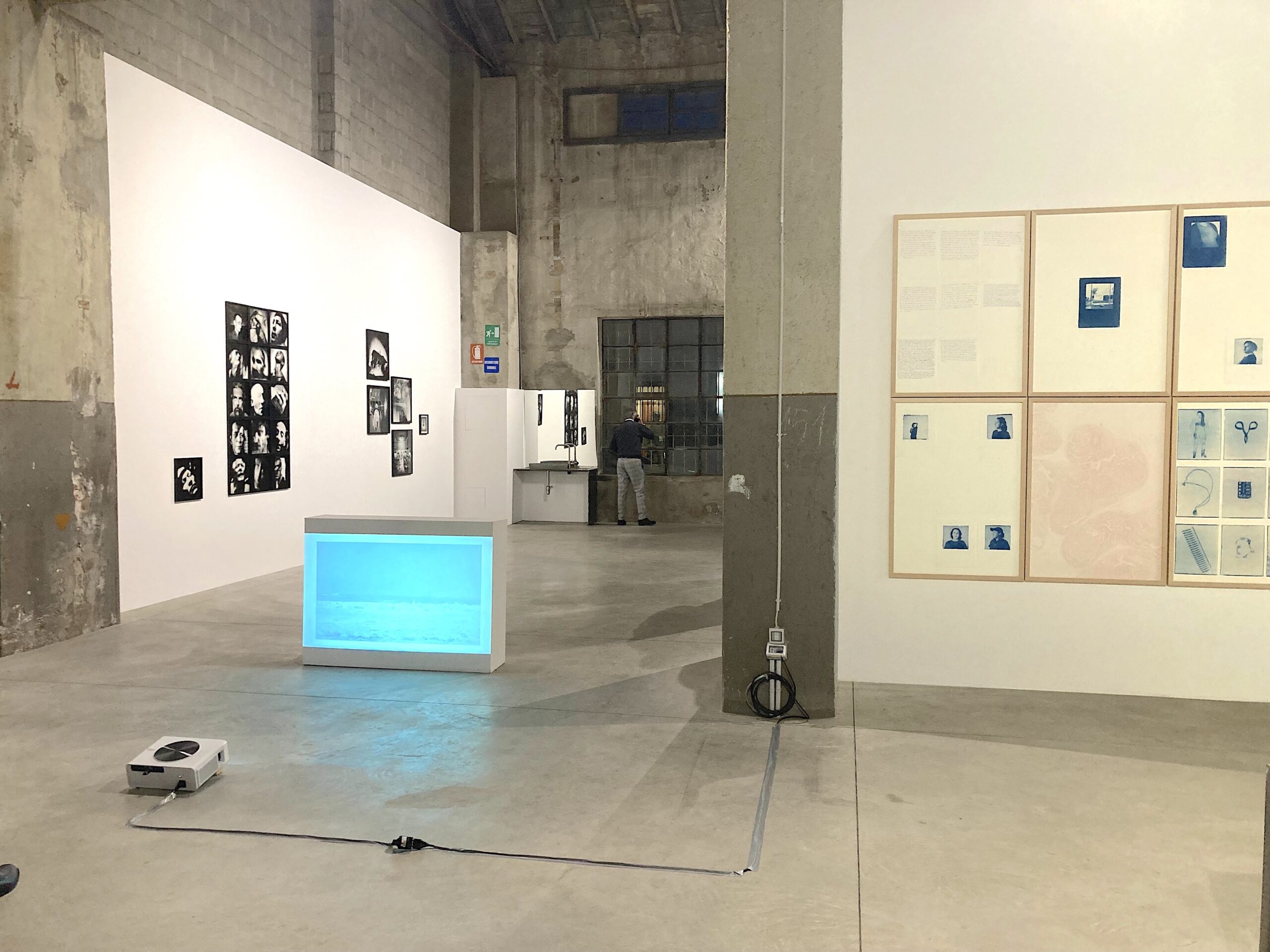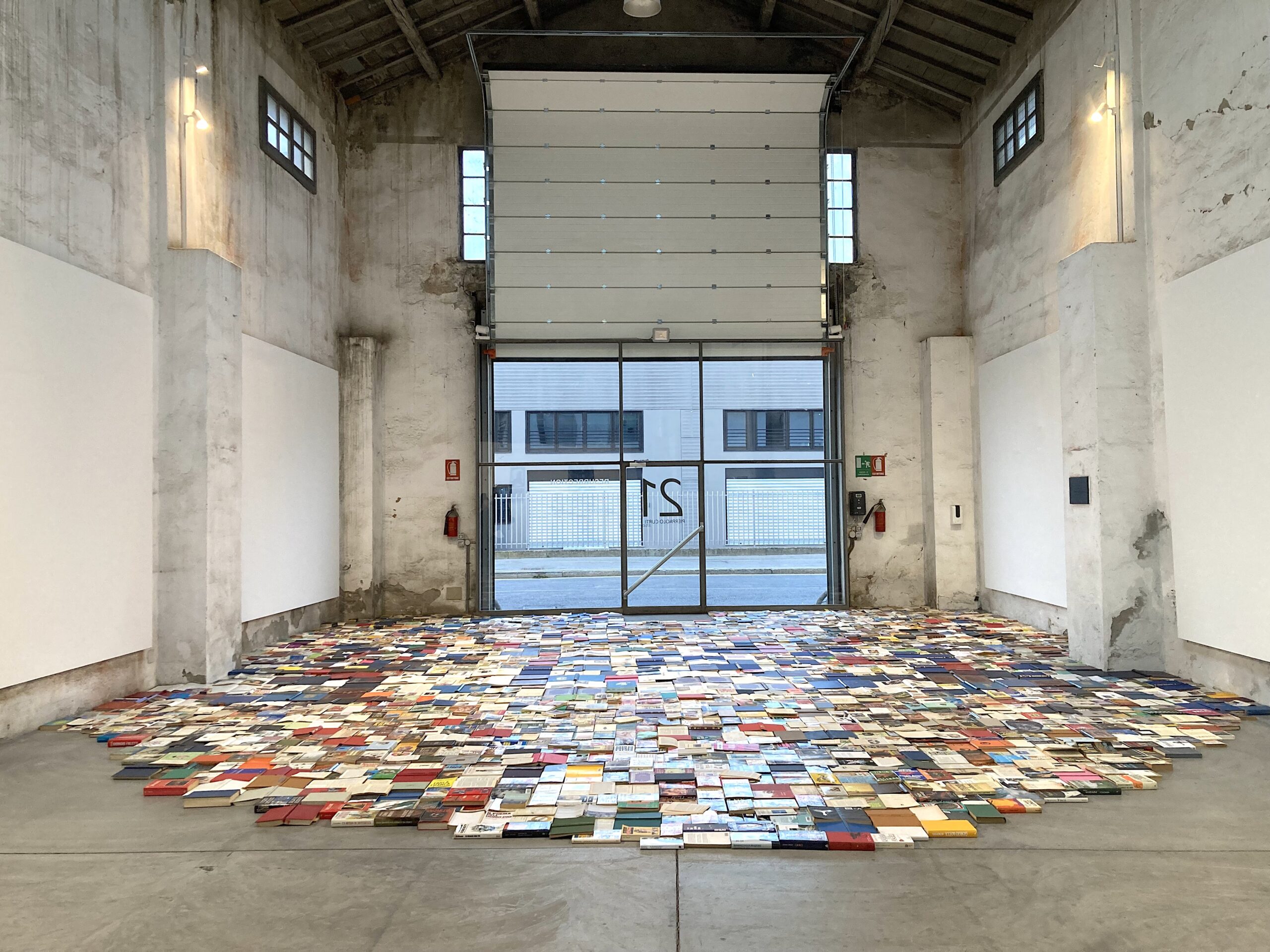“Yes, there is something invulnerable, unbearable in me, something that shatters rocks: it is called my will. Silent and unchanged it remains over the years. Yes, you are the one who transforms all tombs into ruins: health to you, my will! And only where there are tombs, there are resurrections. ”
(cit. Friedrich Nietzsche – from Song of the sepulchers)
This exhibition is moved by phenomena of attraction and repulsion, just as matter is for physics. The evidence of reality exposed, without veils and compromises, a violent need for resurrection that goes beyond stereotypes and the untrue. Starting from the writing of Roland Barthes “… undoubtedly the image is not the real; but it is at least the perfect analogue of it “, that it means the perception of a reproduced reality as it is without any mediation, art in some way has to make a transition that transforms something into something else and this is what the artists on show have done, grasping the profound disharmony of life, with works that have absolute forms and meanings, not symbolic, but which arise from the necessity not to create new transitory simulacra, but to give shape to a new rebirth in the unreality that surrounds us. As André Breton wrote, “… in this exhibition there is what I have already seen many times, and that others have told me they have seen, what I think I can recognize, whether it is important to me or not; there is what I have only rarely seen and which I have not always decided to forget; there is what, no matter how hard I try to look, I never dare to see and that is all that I love … there is also what I see diferently from how everyone else sees it, and even what I begin to see and which is not visible … ”. (from Surrealism and painting, 1928). At a certain moment in life, each of us has a reason to be resurrected and a perfect emblem of human history, the resurrection is not only the form but it is also the content of this exhibition that wants to put up a strong resistance, in order not to be in turn metabolized into an ephemeral form that does not belong to it, bringing back through the senses to a high perceptual level that involves not only looking, but seeing and hearing, revealing the artist himself as a point of reference and centrality. The works were chosen to refocus the relationship between the artist, its intimacy and responsibility towards society, following the idea that art must create an opposition and the artist’s sign is the only thing which can produce a new perspective. Observing the works of the artists on display, Japanese poetic compositions come to mind, the haiku, (17th century), based on synthesis and amazement in front of the world.
Due to their immediacy and apparent simplicity, haiku were for centuries a form of popular poetry that was transversally difused among all social classes in contrast to the rhetorical constructions of the poems of the time.
In reality, the haiku is instead very complex because it is placed between fast perception and deep refection and although it seems immediate, it depends on great and trained expressive skills.
This happens in the beautiful spaces of the Association21, where the works seem apparently of immediate and simple understanding, but like a haiku they hide an intimate and profound path that makes them assume a strong, precise position. The status of works of art allows them to become load-bearing walls.
In the age we are living in, reason has no longer been able to make sense of things and is leading to drift. What future awaits man without the certainty of reason? Artists implement this bewilderment. Reason has betrayed, and no longer guides the actions of man which is replaced by chaos and irrationality, in this way all the discomfort and uneasiness of difcult times is expressed and, observing carefully the works on display, they all tell us about the fatigue of living, however, allowing this, to some extent, to calm down and disappear, because in the end art in its becoming always manages to reach a balance. Art must assume the responsibility and, why not, the authority, of creating an opposition, an efective counter-attack with respect to a specifc end, with the power to “simulate” that is to reproduce and keep alive not only the form but the inner uniqueness of the work, making the character and soul of those who create it pierce. However small it may be, the artist’s sign must always be charged with a new, positive and profound energy with respect to the end of life.
While the modern human being keeps its inner malaise within himself, the artists on show are able to convey their feelings to us: art allows them to express their deepest feelings, their works become a real pulsating space in which to express their torment and penetrate into the soul of the observer, communicating through the sense of unease the crisis and the loneliness of modern man. The interdisciplinary attitude of research allows them to move outside and beyond territorial and linguistic limits, placing themselves at the crossroads between installation, photography, video and flm, all disciplines frequented and intertwined by each of them.
The environment, to be built and shaped, thus becomes the meeting point where their work meets and confronts, a crossroads of relationships that before their intervention was less accessible.
Their art extends to build a house of the coexistence of diferences, where not only the dialogue between cultures becomes essential, but also where the direct intervention of the works on human space, in the existential niche that each of us builds in the environment, it becomes the starting condition of the resurrection. Human space, inextricably linked to human time, the central metaphor of our life. The exhibition also tells of personal stories. Some artists let themselves be infuenced by the space, creating a further creative, cultural and poetic link between inside and outside, between emotion and architecture. Others have acted discreetly in large spaces, through more intimate interventions. All with deep “respect” for the environment and establishing a double relationship of reverence and empowerment together with the latter.
The exhibition therefore arises as a moment of choral refection, in which the stimulus to meditation is not reserved only for the public but represents a source of inspiration and research in progress for all the artists, who found themselves working and reasoning together on the idea of resurrection, careful to read into the folds of their time, as every contemporary artist must be able to do.
Opening:Saturday 12th March 2022 I 5 pm From 12th March till 30th April 2022
Place: Associazione 21 – Via San Fereolo, 24 I Lodi (MI)
In cooperation with: Claudio Composti I Mc2 Gallery
